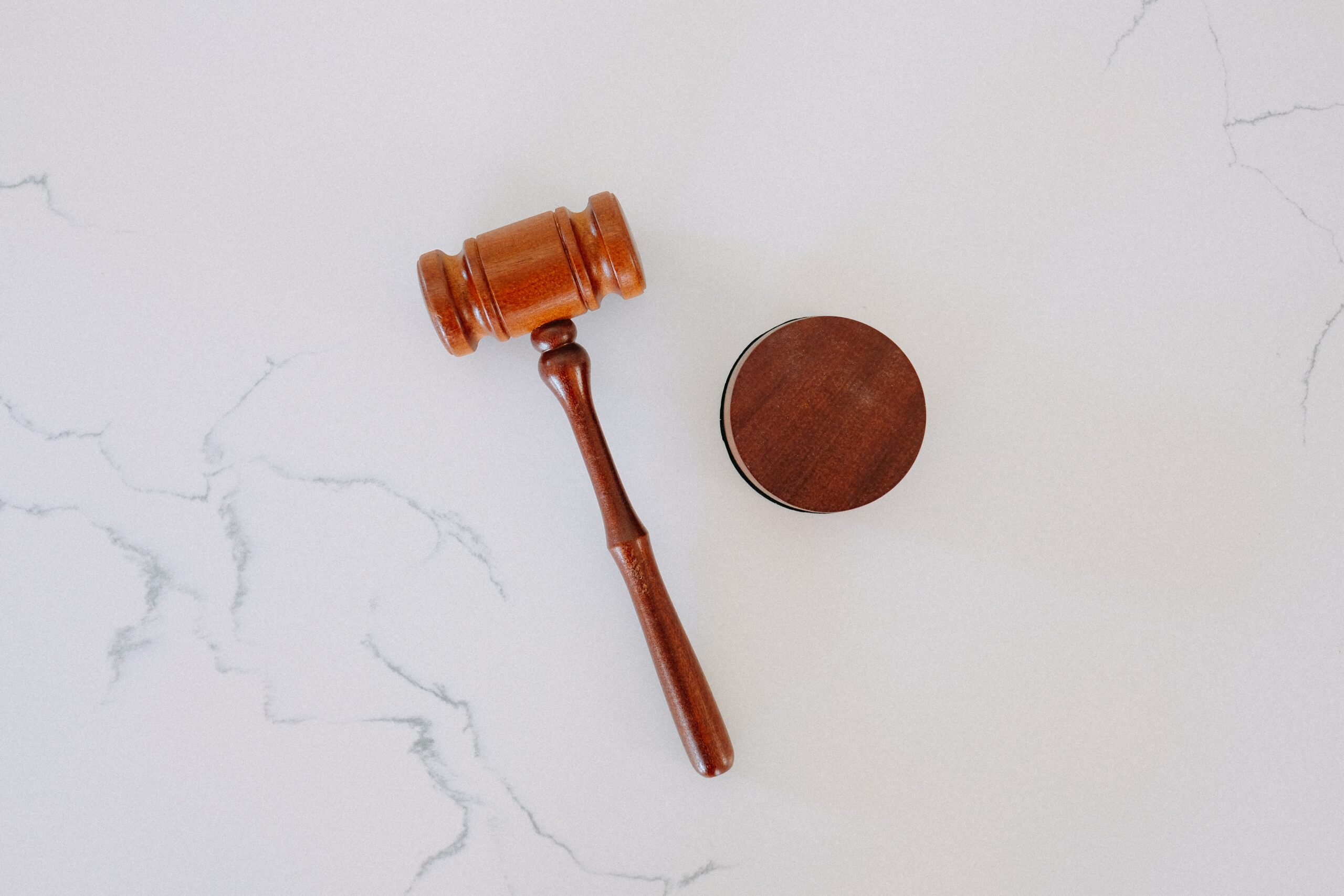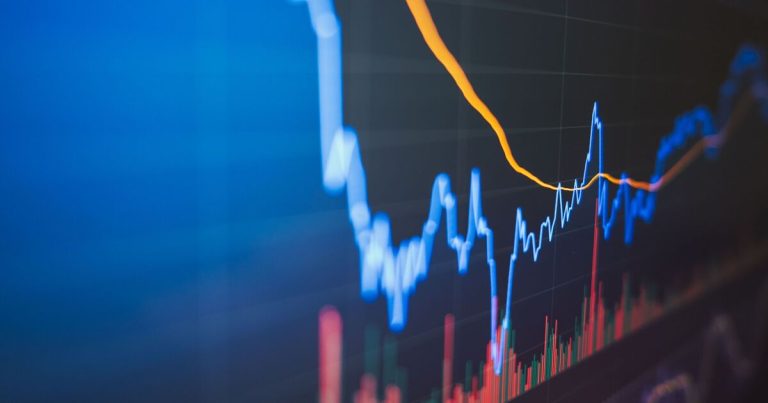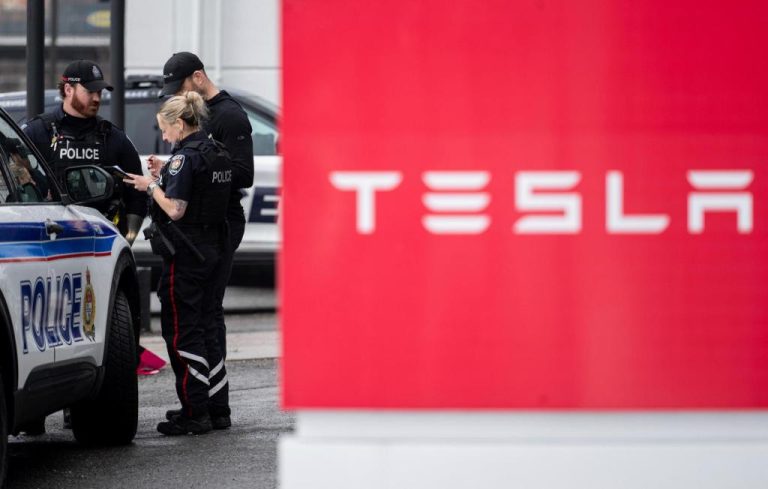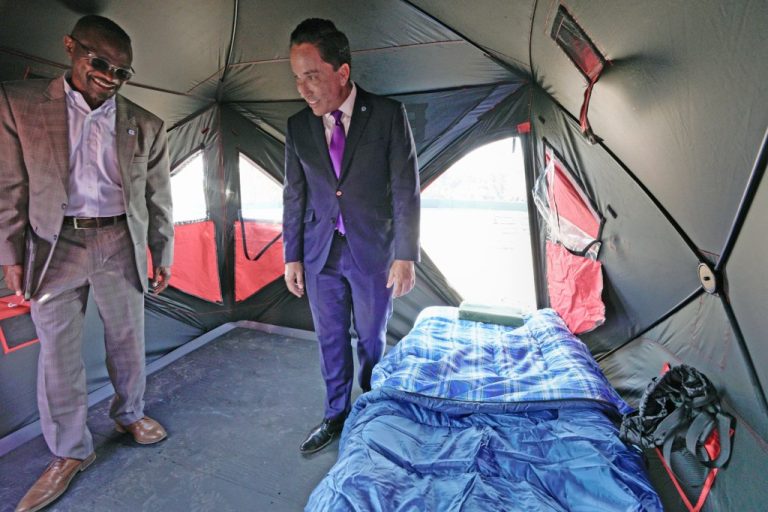
Posted October 27, 2023 at 7:33 am EST.
On Thursday, in a sort of ‘mock trial’ known as an evidentiary hearing, Sam Bankman-Fried took the stand for the first time in his criminal case—however, the jury had been sent home, so his only audience was the judge and the packed courtroom.
The purpose of the hearing, which took place after the defense’s two other witnesses, was for the judge to decide whether to permit the defense to allow certain lines of testimony. However, it gave a sneak preview of how SBF would perform in front of the jury—and so far, it seems that cross-examination could prove challenging for him.
Evasive, apologetic, forgetful
Under very pointed questioning from Assistant US Attorney Danielle Sassoon, SBF gave wordy answers in run-on sentences with multiple clauses and caveats, or responded by saying he didn’t know or recall. Oftentimes, he looked down. He repeatedly apologized or said he was sorry. The contrast between her specific and narrow questions and his verbose responses at times made him seem evasive. At one point, Judge Kaplan got up and walked around behind his chair and then later said of SBF, “the witness has what I’ll simply call an interesting way of responding to questions.”
For instance, while asking whether he believed that Alameda was allowed to borrow FTX customer funds and withdraw them from the exchange, he said, “I wouldn’t phrase it that way. But I think that the answer to the question I understand you to be trying to ask is yes.”
At this point, Sassoon requested that he look at the payment agent agreement between Alameda and FTX, and asked him to show where the agreement said Alameda could use FTX customer funds. There was a long silence, which CoinDesk timed to be two minutes, in the courtroom.
Bankman-Fried’s response, which took up an entire page of the court transcript began, “So I should preface this by saying I’m not a lawyer. I’m not giving a legal interpretation of this. I’m just giving, as best I can, what my memory is. And the parts of this that jibe with that, I, you know——I’m not trying to give a definitive legal ruling on what this does or doesn’t say. ——I’m not sure that I would quite answer yes to the question as you most recently phrased it. I’m going to try as best I can to give the answer that I believe, which is that the——as——at least as I remember understanding it at the time, FTX either itself or I think as actually happened, without FTX as an intermediary, customer’s fiat funds would be sent to Alameda bank accounts, FTX would retain a——effectively a debt from Alameda for those and a——in the lien section here …” That was just a portion of his response, but when he finished, Sassoon asked the question again, and when the defense objected, she pointed out he hadn’t answered her question, so it was overruled.
At another point, when Sassoon asked if his understanding of what it meant to safeguard assets included not embezzling customer funds, his lawyer, Mark Cohen, objected, and though the objection was sustained, Bankman-Fried responded anyway, saying, “Yes it would include that.” People in the courtroom laughed, and Cohen pointed out he didn’t have to answer it and that his four weeks in the courtroom should have taught him that. SBF responded, “I felt the need to answer that one.”
It’s unclear how, if he were to make these kinds of statements in front of the jury, it would affect their deliberations, and, if he’s convicted, how they would impact his sentence.
Earlier, in the direct examination, Cohen appeared to be trying to train him to answer briefly and so cut off his answers a few times to get him to respond only to the question. However, during the cross-examination, it appeared Bankman-Fried had not gotten the memo.
Was there a data retention policy?
SBF faced other questions from Sassoon regarding FTX’s data retention policy and his use of auto-deletion on communication apps such as Signal. Bankman-Fried said the policy was that informal chatter, which occurred either verbally or on Signal, an end-to-end encryption chat app, could be deleted whereas sensitive information, like customer’s passwords or formal business decisions, would not be deleted. However, when asked for a copy of the data retention policy, Bankman-Fried said that he did not have one because the defense has been unable to serve FTX the subpoenas that requested it.
Sassoon also asked whether the data retention policy was followed when then-Alameda CEO Caroline Ellison sent him the spreadsheet with seven versions of the balance sheet via Signal chat. He said it was consistent with the policy, explaining that since “a rough draft of that that was still being workshopped I would not have yet considered a formal business document that had to be separately memorialized, nor would I have considered the sending of that to one other person so they could look over it to be a formal business decision.” Similarly, he said he also didn’t recall having a conversation with Caroline, Nishad or Gary about a $13 billion hole at FTX.
However, SBF did say that, in November 2022, he turned off the auto-delete feature on Signal “for a variety of reasons but including because what had been communicated to me, what I understood to be coming from regulators.”
Whose idea was the North Dimension bank account?
One of the moments when he seemed to dance around Sassoon’s line of questioning was in regards to the bank account for North Dimension, a subsidiary of Alameda Research, which prosecutors allege was used to process deposits from FTX customers into Alameda’s bank accounts. While Sassoon asked who decided to establish the entity North Dimension or use its bank account, he said he didn’t recall telling then-chief regulatory officer Dan Friedberg to set it up.
She asked multiple questions about who chose the name, why the description in its bank application was that it was a proprietary trading firm, when he signed the payment agent agreement, whether he signed it a year or two after the effective date. He kept responding variations of, “I don’t know,” or “I don’t recall.”
When Sassoon asked Bankman-Fried about conversations with his lawyers about the permissibility of using North Dimension to receive customer funds, Bankman-Fried replied with such an unclear, long response that Judge Kaplan interjected by first attempting to clarify the defendant’s answer, then repeating Sassoon’s question, and finally saying, “Listen to the question and answer the question directly.”
Bankman-Fried ended up expressing that he didn’t know initially that North Dimension’s bank account would receive FTX customer deposits.
Other lines of questioning that were previewed in the evidentiary hearing involved the presence of counsel defense, namely having a lawyer present or having them draw up the documentation used in the alleged crime. However, Judge Kaplan likened this defense to someone who has a lawyer draw up documents for a transaction whose purpose was money laundering without revealing that to the lawyer. (He added at the end that he wasn’t saying anything about SBF’s guilt or innocence.) Still, it gave a hint that Judge Kaplan may be disinclined to allow the defense to use that line of questioning.
Odds and ends
Friday morning, Judge Kaplan will announce his decision on what parts of Bankman-Fried’s testimony are admissible in front of the jury.
The defense brought in its other two witnesses that morning, after the prosecution rested: a Bahamian lawyer that SBF had retained on November 12, the day after the bankruptcy, and a financial consultant who analyzed a snapshot of the FTX database.
However, in its cross examination, the government got across that the Bahamian lawyer was not involved with FTX until after the alleged crimes, and that the financial consultant’s analysis was of the FTX database, but was not cross-checked against actual bank balances or actual crypto assets held in FTX wallets using blockchain analysis, making the witnesses’ testimonies seem rather moot.
Tomorrow, SBF takes the stand again—this time in front of the jury. Judge Kaplan said, “We are in the home stretch,” expecting the trial to finish by early next week.





